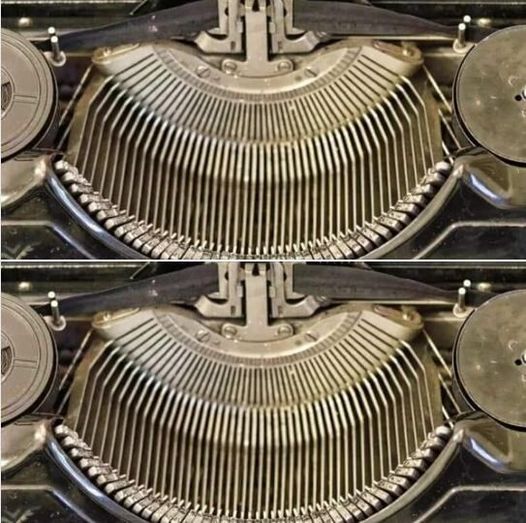
Do you remember the days when the clickety-clack of a typewriter filled the air? When the fragrance of paper and ink brought a smile to your face? As I reminisce about my mother’s time as a journalist, I can’t help but feel a deep sense of nostalgia for those magnificent machines.
Typewriters, those remarkable instruments that propelled writers, journalists, and professionals forward, have left an indelible mark on history. In this post, we invite you to take a journey back in time with us as we explore the captivating world of typewriters and their enduring legacy.
The Birth of a Revolution
The origins of the typewriter can be traced back to the 18th century, but it wasn’t until the 19th century that they became a reality. The Remington No. 1, also known as the Sholes and Glidden typewriter, made its debut in 1873, capturing the hearts of many. It was a groundbreaking invention that revolutionized the art of writing.
Changing the Game
Typewriters brought about a revolution that extended far beyond the realm of communication. Let’s take a look at some of the ways typewriters transformed the world:
Speed and Efficiency
With typewriters, the speed and efficiency of writing and document production soared to new heights. Professional typists could produce papers faster than handwritten copies, boosting office and commercial productivity.
Document Standardization
Each character typed on a typewriter was precise and consistent, ensuring a level of uniformity in documents. The legal and official spheres greatly benefited from this standardization.
Powering Journalism and Publishing
The journalistic sector experienced a profound transformation thanks to the typewriter. Reporters and writers could churn out text with lightning speed, leading to the rapid dissemination of news and the rise of newspapers as trusted sources of information.
Accessible Writing
Typewriters opened up the world of writing to a wider audience. As prices dropped over time, more people could engage in professional writing and correspondence, transcending social and economic barriers.
Archiving and Preservation
Typewritten texts were more durable than handwritten manuscripts, ensuring the preservation of historical documents and literary works. Thanks to typewriters, our shared heritage continues to stand the test of time.
A Legacy That Endures
While the digital age may have overshadowed the typewriter, its legacy lives on in various ways:
Collector’s Treasures
Vintage typewriters have become highly sought-after collector’s items and antiques, cherished for their unique designs and historical significance.
A Touch of Nostalgia
The rhythmic clacking of typewriter keys and the tactile experience of typing transport us back to a time that evokes a profound sense of nostalgia. Some authors still swear by typewriters, finding inspiration in the tactile feel they offer.
Artistic Expressions
Artists and designers incorporate typewritten words into their work, blending classic beauty with modern innovation. The charm of these timeless machines continues to captivate the imagination.
Icons of Pop Culture
Typewriters have graced the pages of literature, flickered across movie screens, and adorned countless works of art, symbolizing different eras and giving us a glimpse into the past.
Writing Retreats and Workshops
Writing retreats and workshops provide typewriters to participants, recognizing the profound role these machines play in fostering creativity and focus.
The typewriter, a mechanical marvel that forever changed the way we communicate, remains an enchanting piece of history. From its humble beginnings to its sleek and practical design, the typewriter has left an indelible imprint on how we create and consume information.
In a world powered by technology, the typewriter’s legacy continues to inspire writers, artists, and enthusiasts alike. It serves as a tangible reminder of the intimate connection between typing and the creation of words on paper—an eternal link to our literary heritage.





